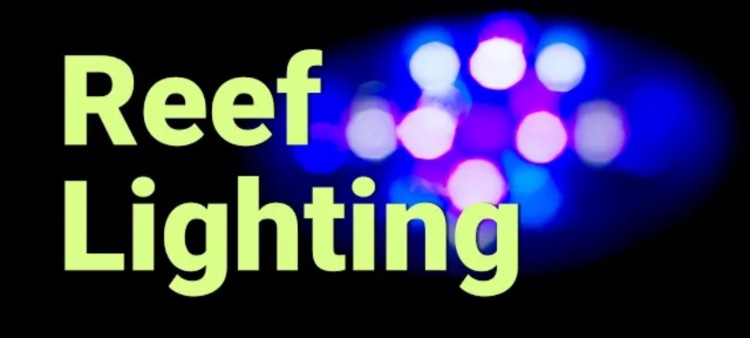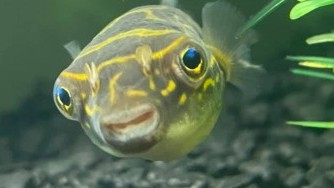A Complete Beginner's Guide to Reef Tank Lighting
- Nov 05, 2021
- Anshika Mishra
- 579 0 0

When you are getting started with a reef tank, a lot of information comes to you fast. You'll have to worry about pH, amino acid, food, water parameters, skimmer, lighting; the options are endless, and you can be successful with billions of potential combinations of equipment and techniques.
Your reef tank is going to be as unique as you want, but that doesn't mean that some research won't help you be successful. In this article, we are putting forth a beginner's guide to reef tank lighting.
In a Nutshell
For the readers in a rush, just buy any well-reputed, reef-oriented commercial light, don't just get a home depot. Run it 12 house on and 12 house off. Whatever the coral growth mode it's got, it will work.
Reef Lighting
Reef lighting can be simple at its core. The modern lighting fixture of those like AI, Orphek, Ecotech Marine, Kessil, and others all come with basic settings that are going to work really well on most reef tanks.
Reef tank Light Variety
LEDs
Note, all those vendors are making LED lights, and they are great for beginners over their reef tank. They are more common, but there are also other lighting options that you have. For example, some reefers like to use metal halide lights; they are the gold standard for reef lights, but they use a lot of electricity and get very hot.
Metal Halide Light
Metal halide lights are now programmable or customizable, like an LED or even T5 light is, and the only choice you are going to have is the overall wattage and what bulb you are going to use. Different metal halide bulbs have different spectra of light. That's just different color of light.
In the coral growth test, 14k and above is going to produce the most growth for Acropora. Now, that is mostly white light with a little bit of blue tint to it. However, oftentimes LED manufacturers are going to have a program that uses a color temperature of around 14k as well; it can be called AB+ or coral growth.
A 20,000 Kelvin light is more blue light, and it can also produce good Acrapora growth and might also make your tank a bit colorful. But, as long as you are mostly towards the blue end of the light spectrum, your reef tank is going to do well for you.
T5
There is another lighting technology that's out there, which is called T5. T5 are thin fluorescent tubes that come in a variety of colors. If you particularly like mixing different color bulbs, you will be able to get exactly the light that you want, and a T5 fixture can't be beaten if you like that kind of thing.
As you buy the individual bulbs that are going in, you can mix and match the different bulbs to get the overall color you want. T5s have a very even spread of colors throughout the tank, which helps prevent shadows that can plague Acrapors as their branches grow and shade other parts of coral.
Disco Ball Effect
Metal halide and LED lights tend to produce varying degrees of disco ball effects in your tank, particularly if you are using alight like a castle pendant, i.e., a single source point of light—some people like the disco ball effect, but not all.
When you first add corals to your tank, you might want to somewhat reduce your lights' output. A nine-week acclimation period for new Acropora reduces deaths by about 50% in a study. You can reduce the overall time that your lights run, or if your lights are dimmable like most LEDs then you can simply turn them down for a few weeks and then ramp them back up slowly to their normal settings.
PAR
PAR (Photosynthetically Active Radiation) is actually what matters to the coral. Most corals that we keep in our aquariums get lots of their food from tiny microscopic things called dinoflagellates, that live in their tissue and those little critters are going to use lights to make their food just like a plant would.
You probably won't have any way to measure PAR if you are just starting out in the hobby, but you can look at charts online and you will want somewhere around 250-300 or from more stony corals like Acropora.
Soft corals, Zoas, Xenia, and other corals like that can do well with much lower levels of light. So, keep that in might if you don't want to buy such an expensive light right off the bat.
Lighting is one of those things that you need to get right in your reef tank. It is the source of a lot of energy to the animals that we put in our reef tank need to survive. Thankfully, in general, it is pretty easy to get good light these days due to the huge number of really high-quality fixtures put out by all the different vendors.
You are also already doing it, so keep up, and do research, and you are well on your way to an awesome reef tank!






About author